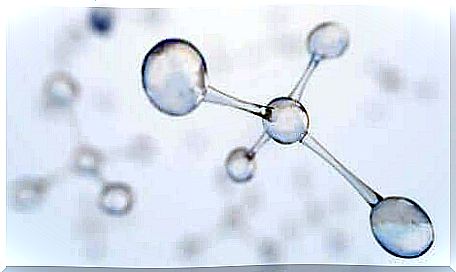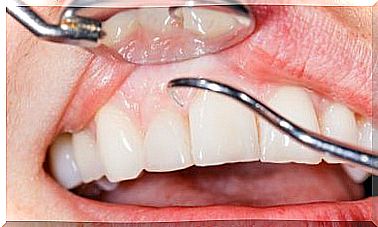Spider Venom Could Help Reduce Brain Damage
Led by Professor Glenn King, a group of Australian researchers discovered a protein that could significantly reduce the damage caused by a stroke. They found the substance in a poisonous spider.

A group of researchers from the University of Queensland and Monash University accidentally came across a protein that could reduce stroke-related brain damage. The fascinating source of this substance is the spider venom of the Sydney funnel- web spider.
The group, headed by Professor Glenn King of the University of Queensland’s Institute of Molecular Biosciences (IMB), published the results of their studies in Proceedings of the National Academy of Sciences ( PNAS ), the journal of the United States National Academy of Sciences.
They said a single dose of this protein would be enough to significantly reduce the damage caused by a stroke. The substance works even up to eight hours after the occurrence of the event.
The discovery

This interesting discovery happened completely by accident. Scientists were sequencing the DNA in spider venom when they suddenly discovered the Hi1a molecule. As a result, they found that it bears an extraordinary resemblance to a chemical compound used to protect brain cells.
They were so intrigued by this that they decided to synthesize and test the compound. The researchers collected spiders on Fraser Island, on the south coast of Queensland (Australia), and brought them to the laboratory. There they further developed the process for releasing their poison.
They then filtered the previously found protein to create a version of it in the laboratory. They then injected a group of mice that had had a stroke two hours earlier. The active ingredient reduced brain damage by 80%.
They repeated the same procedure with another group of mice that had had a stroke eight hours earlier. The brain damage was reduced by 65% compared to another group of mice that had not received the substance.
The spider that reduces brain damage
The technical name for the Sydney funnel- web spider is Atrax robustus . It is considered to be one of the three deadliest spiders on the entire planet. The males measure between 4.5 and 7 centimeters while the females measure between 6 and 7 centimeters.
They live on the east coast of Australia and have large poison sacks on their bodies. They are bluish-black or light brown and have silky hair on the belly. In addition, they have shiny legs and rows of teeth in the furrow of the tusk and in the claws.
This spider weaves long webs that measure between 17 and 60 centimeters and look like a “Y” or a “T”. It is for this reason that it is known as the funnel-web spider. This species of spider was responsible for 13 deaths in Australia that were documented in the 20th century.
The protein in spider venom

The protein found by the scientists is named Hi1A. It has a unique anti-stroke property: it blocks the acid-sensitive ion channels in the brain. These are the structures that are crucial in these cases.
We should note that if the person has a stroke, they will suffer from a lack of oxygen supply to the brain. This causes your body to begin using glucose in a very different way than it normally would. This gives the person the fuel they need to keep the brain going
However, this process also has other effects. For example, the main effect is the production of acid, which could cause brain cell death. However, the Hi1A protein acts as a kind of protective shield that prevents this damage from occurring.
Future Prospects for Using Spider Venom to Reduce Brain Damage
Experts estimate that around six million people die from stroke every year. Another five million affected patients suffer from persistent consequences for the same reason. As you can see, this new treatment has amazing potential.
Scientists are currently doing tests to see if the substance is safe in humans. In this case, it could be the first treatment used in the future after a stroke. It could be given in the ambulance or as soon as the patient arrives at the hospital.
The researchers expect to treat the first person in the following year. At present, the researchers are still busy raising the necessary financial resources to complete the process. However, if all goes well, the product is likely to be massively commercialized in the years to come.









